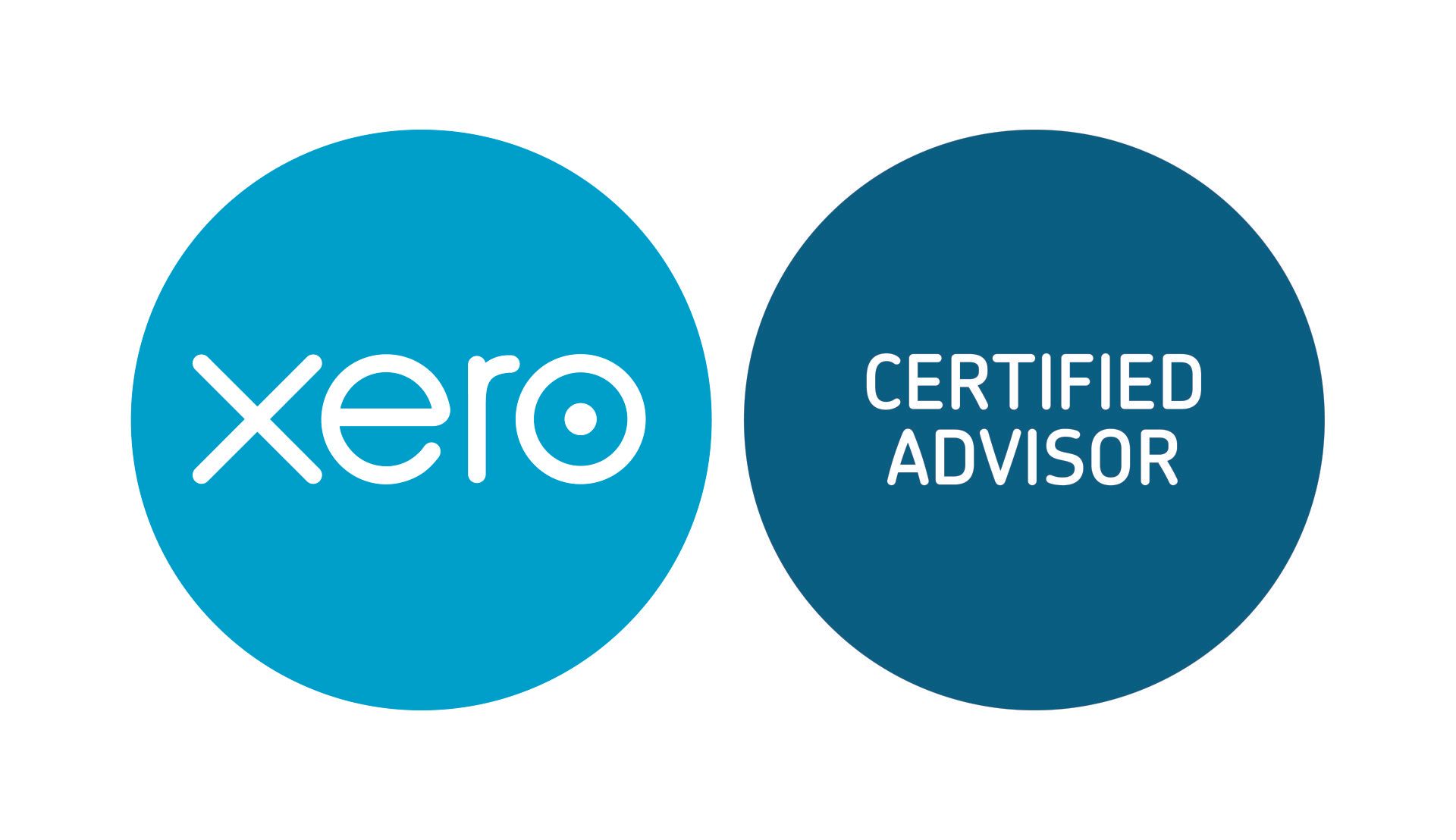Understanding National Insurance Changes and Income Tax Rises in the UK
National Insurance: What's Changing and How Taxation is Evolving
National Insurance payments in the UK are undergoing significant shifts, impacting millions of employees and self-employed individuals. This change involves a reduction in National Insurance contributions for employees, while the overall tax burden is increasing to unprecedented levels.
Changes in National Insurance Contributions for Employees
Starting January 6th, 27 million employees will witness a decrease in their National Insurance contributions to 10% on earnings between £12,571 and £50,270. This replaces the previous rate of 12%, offering an approximate annual benefit of £450 for someone earning an average full-time wage of £35,000.
Impact on Self-Employed Individuals
For the UK's two million self-employed individuals, changes are also underway. Commencing April 6, 2024, they will pay 8% on profits between £12,571 and £50,270, down from 9%. Moreover, the elimination of Class 2 contributions is expected to save the average self-employed person £192 annually.
Threshold Freeze and Rising Taxation
While these changes bring benefits for some, there's a freeze on the income level triggering NI payments at £12,570 until 2028. As wages escalate, this freeze means more individuals will enter the NI contribution bracket. Simultaneously, thresholds for income tax remain stagnant until 2028, leading to an increase in the number of taxpayers and higher tax rates.
This freeze is estimated to bring in an additional £25.5 billion yearly by 2027-28, resulting in an average direct tax increase of £440 annually for employees earning £35,000, according to the Institute for Fiscal Studies.
Diverse Tax Rates and Regional Variances
Income tax rates vary across the UK, with Scotland introducing its unique set of rates. From April 2024, Scotland will implement revised rates impacting various income brackets.
Impact on Households and Tax Distribution
While income tax stands as the primary tax for most families, indirect taxes such as VAT affect poorer households more significantly. Understanding these changes is crucial for a comprehensive view of how taxation evolves and impacts different segments of society.
Stay informed and make calculated financial decisions in light of these evolving tax reforms.















